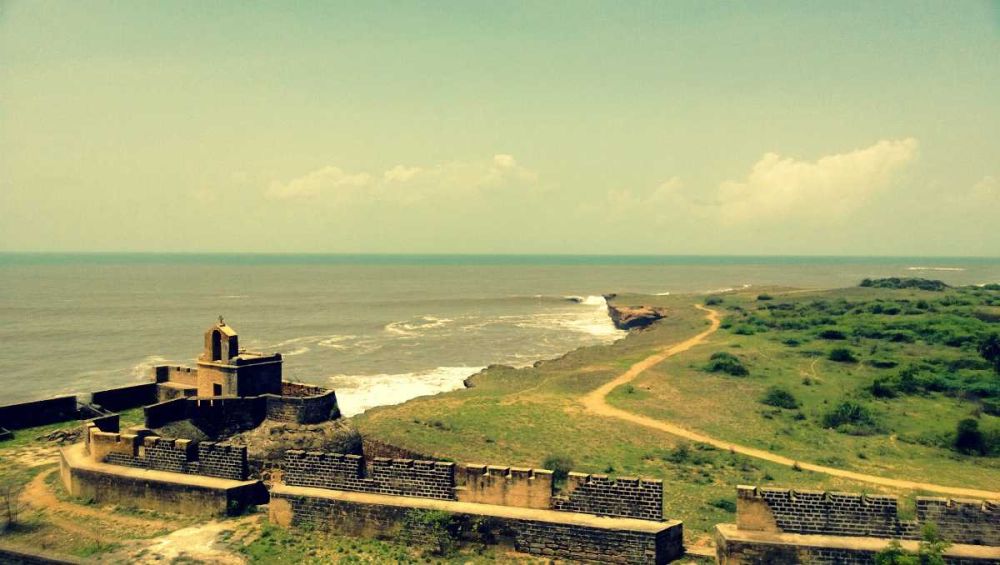

Diu Fort, nestled on the coast of the picturesque island of Diu, has played a pivotal role in shaping the region's history and tourism. The fort is a testament to the rich historical tapestry of Gujarat and continues to captivate tourists with its ancient charm and enduring legacy.
The storied past of Diu Fort is rooted in the 16th century when it was constructed by the Portuguese during their colonial rule in India. The fort served as a strategic military outpost and a bulwark against invasion for the Portuguese. Over the years, it has witnessed numerous battles, most notably against the Gujarati Sultanate and later also the Mughals. The fort's robust architecture, featuring double moat defenses and imposing structures, stands as a silent witness to its bygone era of military prowess and colonial power struggles.
The seeds of tourism at Diu Fort were sown post the integration of Diu into the Indian union in 1961. Visitors began trickling into this quiet island to witness the remnants of Portuguese influence and the grandeur of Diu Fort. Recognizing its potential, the local and state government initiated efforts to conserve the historical monument and develop the infrastructure to promote Diu as a tourist destination.
It was in the late 20th century that Diu Fort sprung onto the national and international tourist circuit, with its inclusion in travel guides and itineraries. Heritage walks, light and sound shows, and the fort's panoramic vistas became star attractions drawing in crowds from across the globe.
Today, Diu's tourism landscape is a blend of history, culture, and modern leisure activities. The Diu administration has worked tirelessly to ensure that the fort is not only a relic of the past but a living monument that provides an immersive experience to all who visit.
In recent years, there has been a surge in eco-friendly tourism practices in Diu. Efforts are being made to maintain the ecological balance even as the island develops its tourism sector. Tourists are drawn by the opportunity to explore Diu Fort's history while enjoying the island's pristine beaches, peaceful environment, and diverse local cuisine.
Another trend catching up in Diu is the concept of experiential travel. Visitors are keen on engaging with the local culture, participating in festivals like the Diu Festival, and opting for homestays to enrich their travel experience.
The Diu government has also embraced digital technology to enhance the tourist experience. Digital payment options, QR-code based information systems, and interactive mobile applications are now part of the tourist infrastructure, aimed at making visits to Diu Fort convenient and memorable. Furthermore, social media has played a critical role in showcasing the beauty and history of the fort, inspiring a new generation of travelers to seek out this timeless destination.
As Diu continues to treasure its historical roots, the fort stands guard, a constant reminder of the island's glorious past and its thriving present as a beloved tourist spot. Whether it's the bygone tales etched in its walls or the scenic beauty that surrounds it, Diu Fort remains one of India's most cherished historical landmarks.